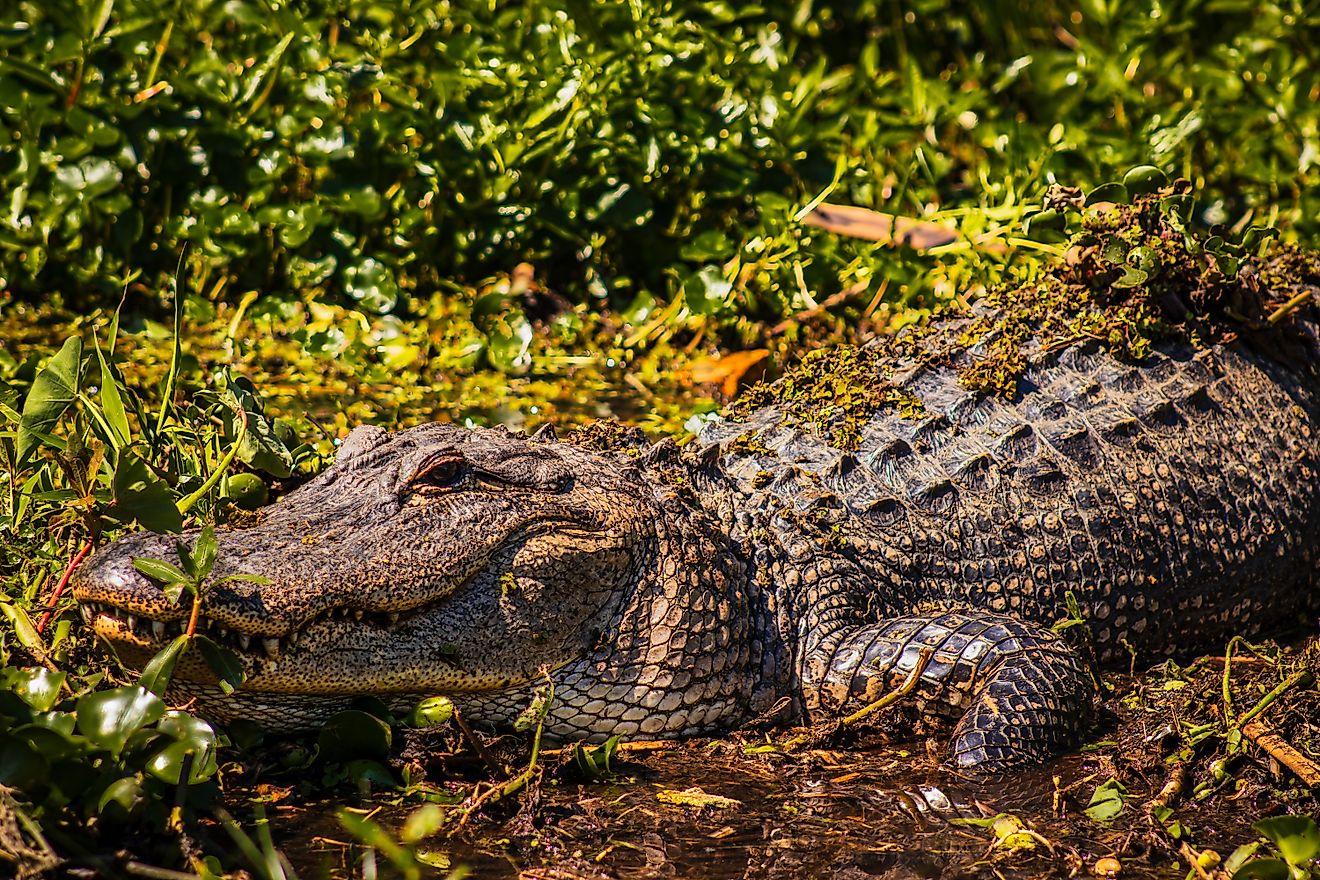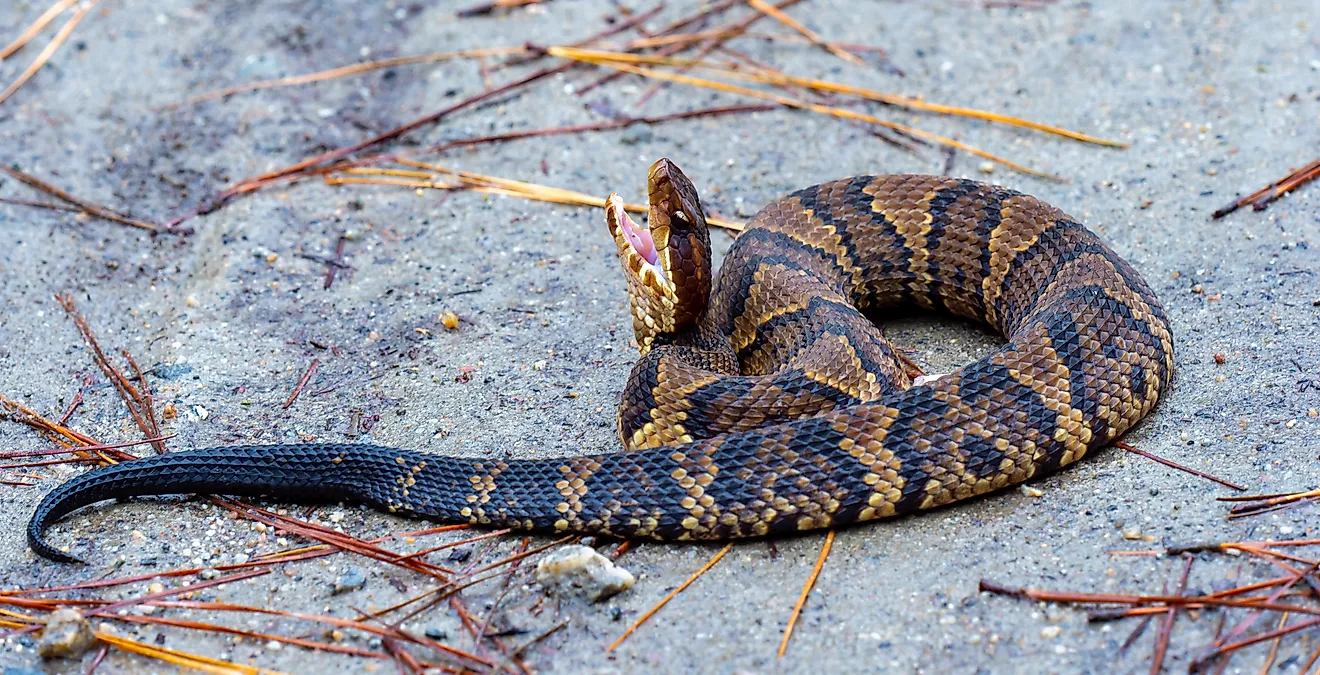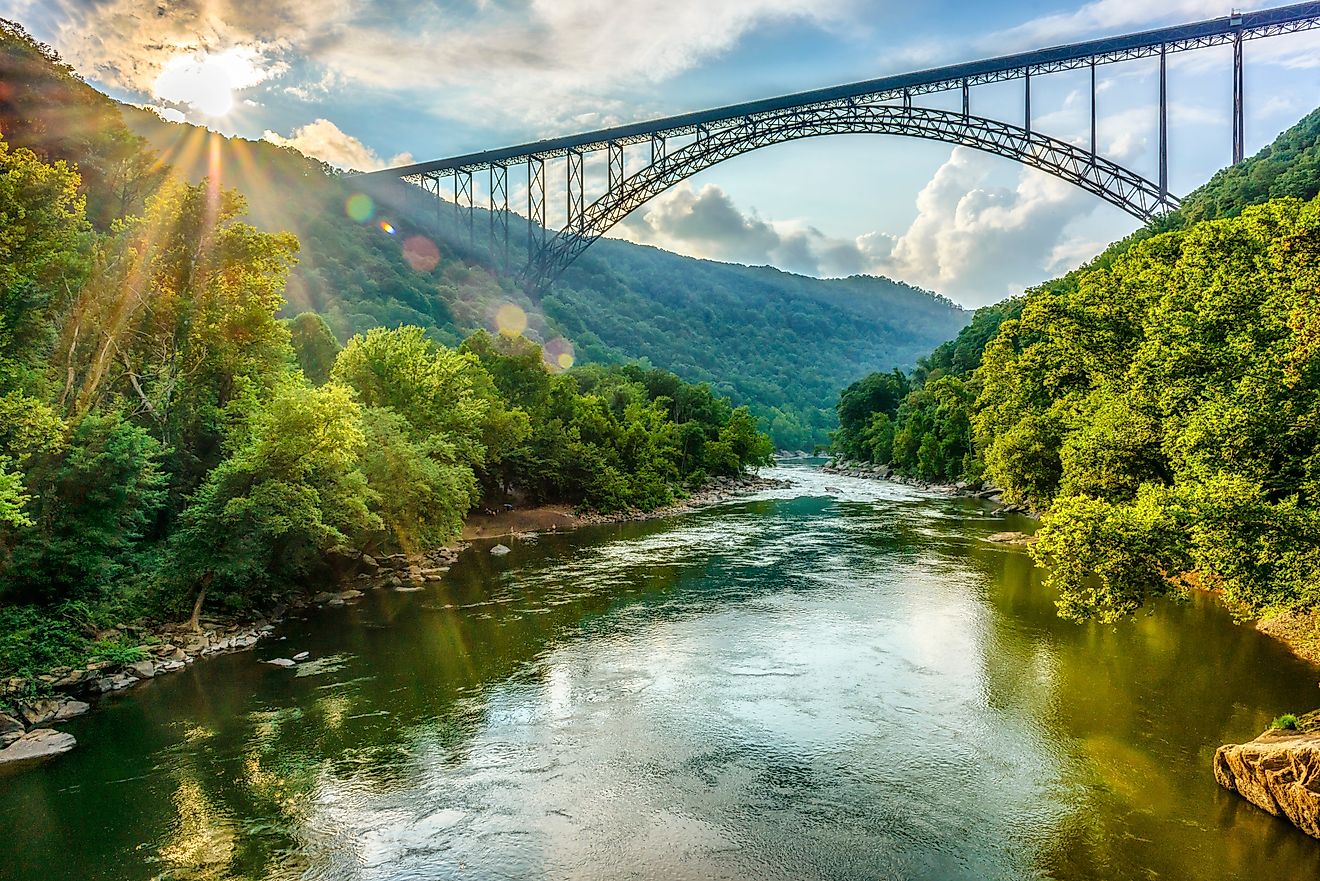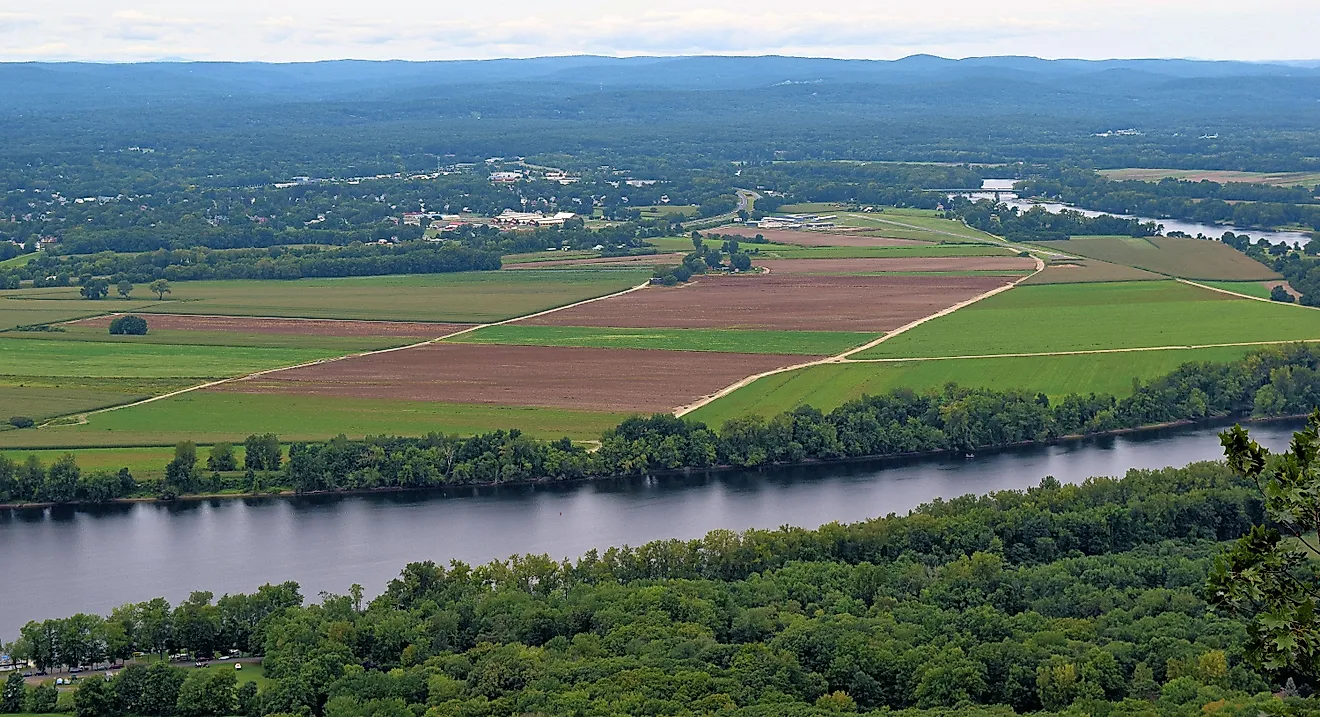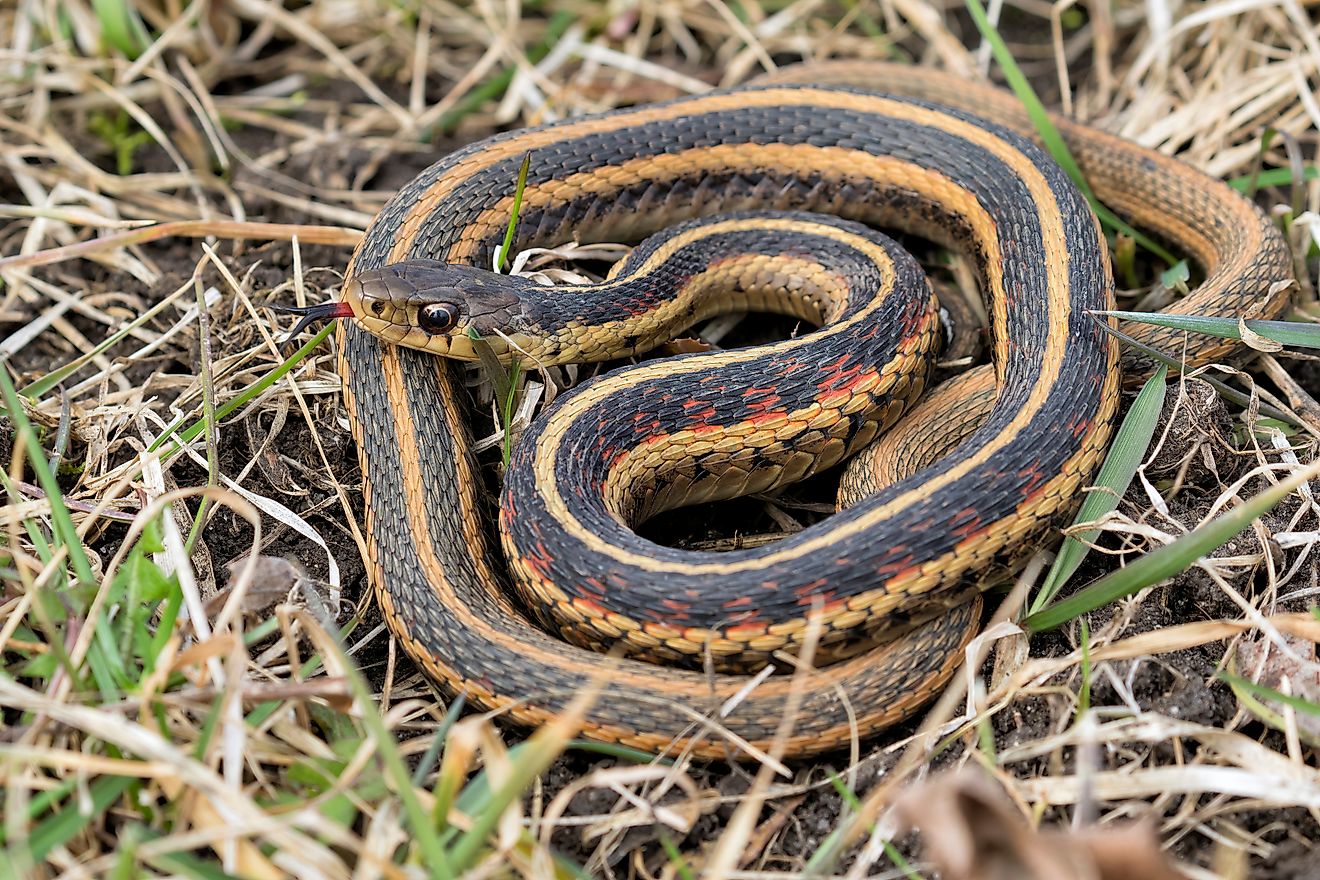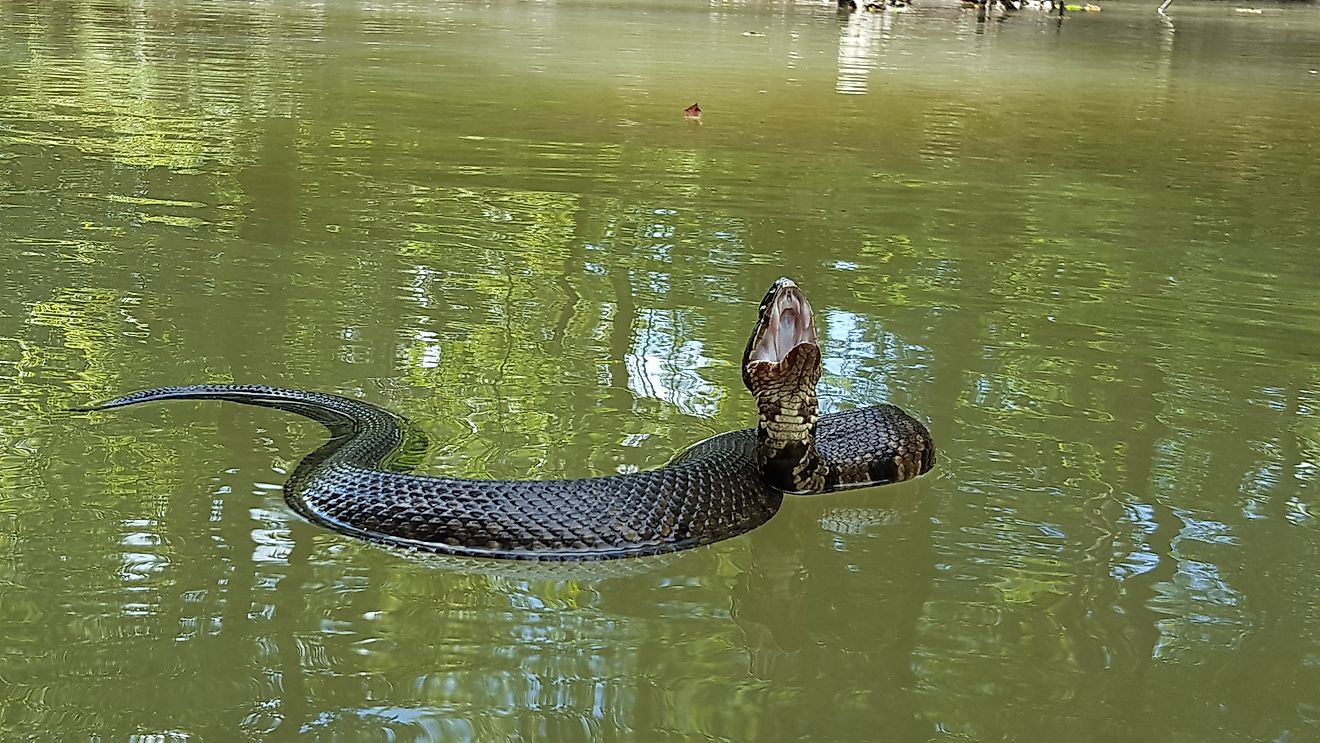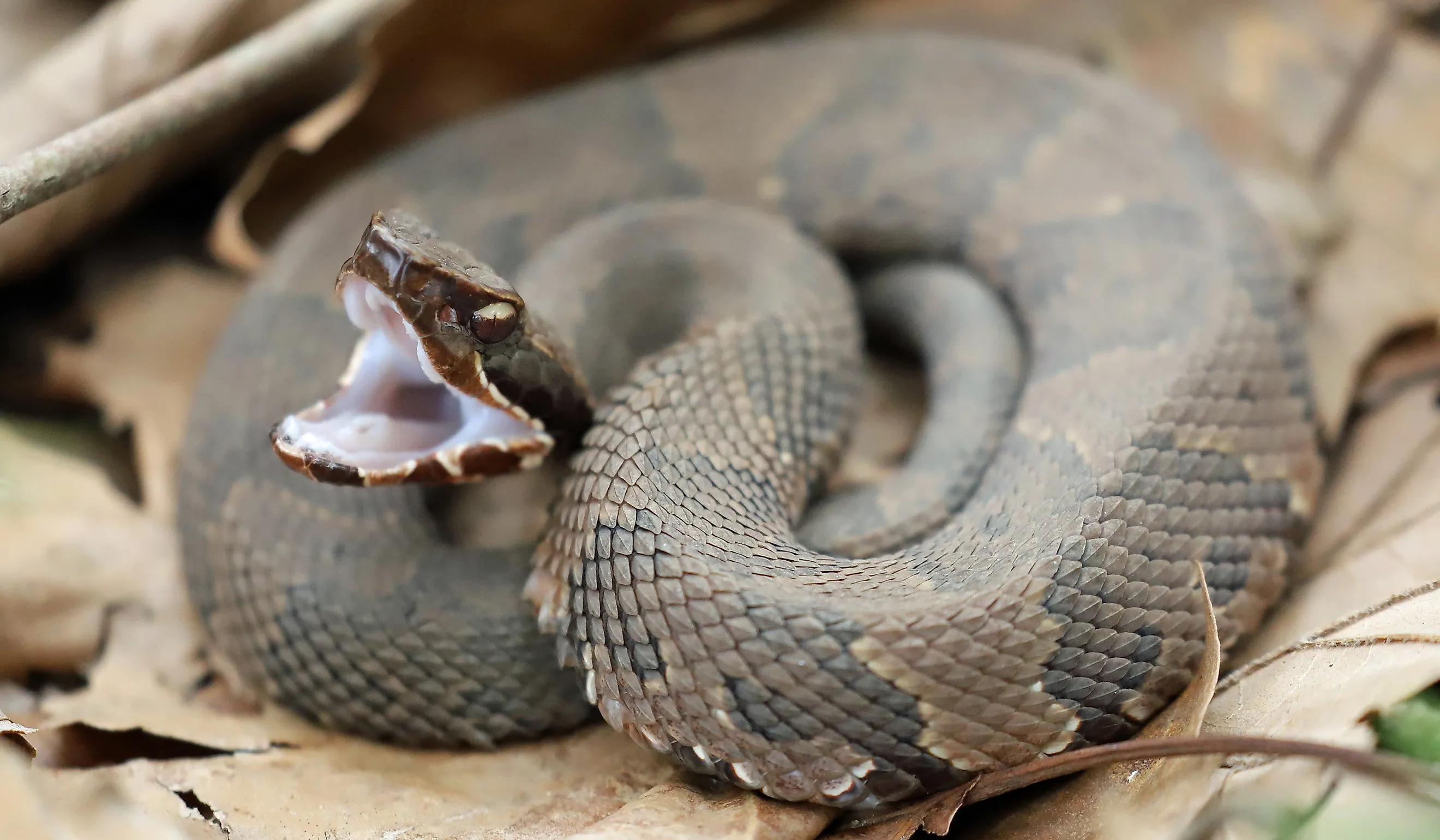
The Most Snake Infested Rivers In Louisiana
One of the most abundant freshwater ecosystems in North America, Louisiana's terrain includes a huge patchwork of wetlands, rivers, bayous, cypress swamps, and bottomland woods. Warm, humid weather prevails for most of the year, allowing snakes and other reptiles to remain active for extended periods.
The ideal combination for a healthy snake population is an abundance of prey, such as fish, frogs, insects, small animals, and birds. In a nutshell, Louisiana's rivers are prosperous snake habitats in addition to being stunning streams.
Atchafalaya River

The Atchafalaya River Basin is North America’s largest river swamp at nearly one million acres, and is a complex mix of wetlands, cypress-tupelo swamps, and bottomland hardwood forests. Often called “Louisiana’s Amazon,” its slow-moving backwaters, bayous, and oxbows provide ideal cover, humidity, and abundant food for reptiles.

The basin is home to venomous snakes like the cottonmouth, a thick, semi-aquatic viper that hunts fish, frogs, and carrion along riverbanks and flooded forests, and the copperhead, a coppery-brown viper with hourglass markings that prefers drier ridges and forested levees and is generally shy despite its venomous nature.
Calcasieu River

The Calcasieu River runs from the pine forests of Vernon Parish to the Calcasieu Estuary near Lake Charles, ultimately reaching the Gulf of Mexico. Passing through dense cypress swamps and marshlands, it is undoubtedly a great breeding and feeding habitat for snakes.

Venomous species include the northern cottonmouth, a large, dark pit viper often seen swimming or basking on logs that preys on fish, amphibians, and small mammals, and the pygmy rattlesnake, a small rattlesnake with grayish-brown scales and reddish dorsal spots that inhabits pine flatwoods and sandy uplands, using its tiny rattle to warn potential threats.
Amite River

The Amite River flows into Lake Maurepas and the Lake Pontchartrain Basin from southeastern Mississippi after passing through Louisiana's Florida Parishes and joining with the Comite River. Numerous aquatic and terrestrial snake species can be found in its floodplain, which is made up of oxbow lakes, backwater swamps, dense hardwood woods, and sandy uplands.
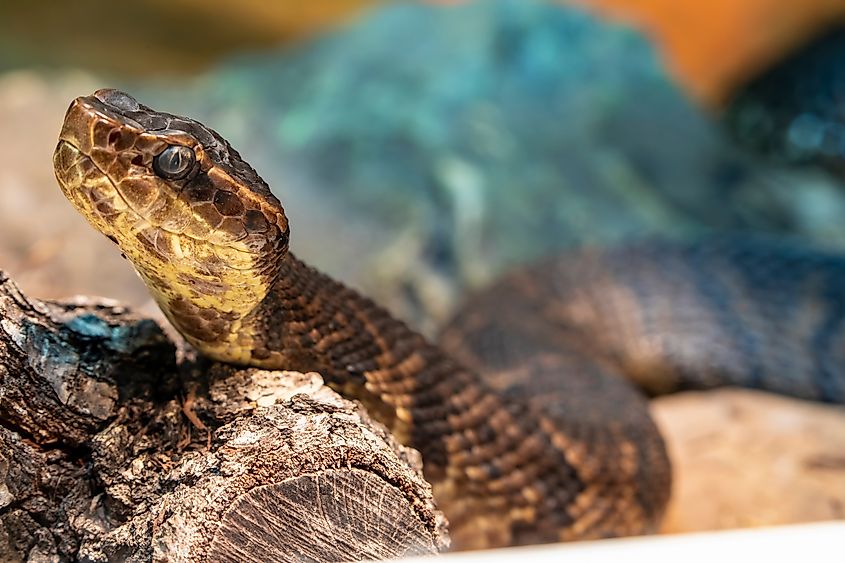
Predators like the eastern copperhead, a copper-brown snake with hourglass bands that prefers dry ridges and brushy slopes, and the northern cottonmouth are drawn to the area by the abundant amphibian and rodent populations that are fostered by seasonal flooding and dense vegetation along riverbanks. Its bite requires medical attention, but is rarely lethal.
Sabine River

The Sabine River can be found through piney woods and lowland swamps. It plays a role in flood control and water management for the region. The river is a mosaic of habitats that supports both arboreal and aquatic snakes.
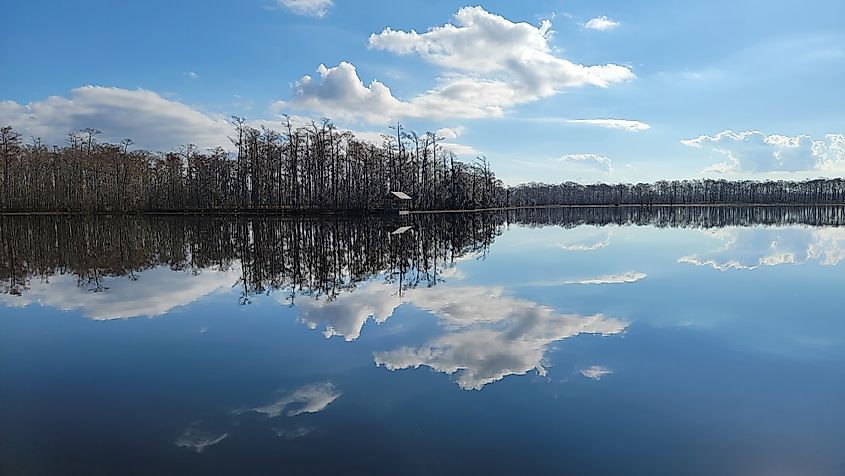
Venomous species include the northern cottonmouth, a semi-aquatic pit viper that hunts fish, frogs, and rodents in slow streams and swamps, and the eastern copperhead, a shy viper that hides under leaf litter and logs and gives birth to live young in late summer. Non-venomous snakes such as the western ribbonsnake are long, slender, black with yellow stripes, and are fast swimmers that feed on frogs and minnows along the riverbanks.
Pearl River
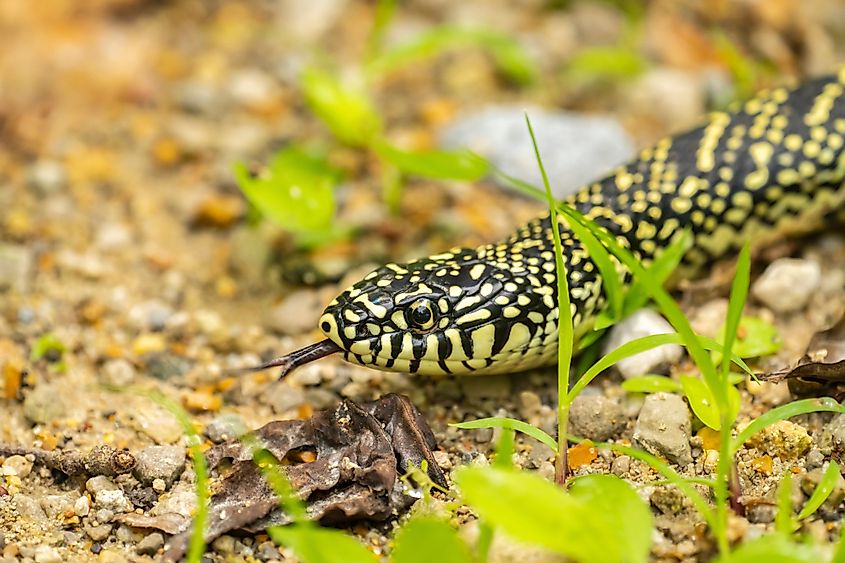
The Pearl River runs through freshwater marshes, floodplains, and swamps before leading into Lake Borgne and the Gulf of Mexico. The Pearl River Wildlife Management Area and Honey Island Swamp are recognized not only for their large number of reptiles but also for their biodiversity.

The slow waters, fallen logs, and thick underbrush make for obvious habitats for both aquatic and terrestrial snakes, including the diamond-backed watersnake, a large, heavy-bodied snake abundant in backwater channels, and the speckled kingsnake, a glossy black and yellow constrictor that preys on other snakes, including venomous species.
These Louisiana rivers provide an opportunity for kayakers, fishers, and wildlife explorers to witness many different reptiles in North America. Understanding snake behavior and species recognition can help avert potentially hazardous interactions.
Ultimately, these rivers serve as a reminder that Louisiana is a veritable snake paradise, with each log, cypress knee, and flooded bank revealing a vibrant and intricate environment. Discovering these streams is as much about appreciating their inherent beauty as it is about recognizing the fierce creatures that live there.

